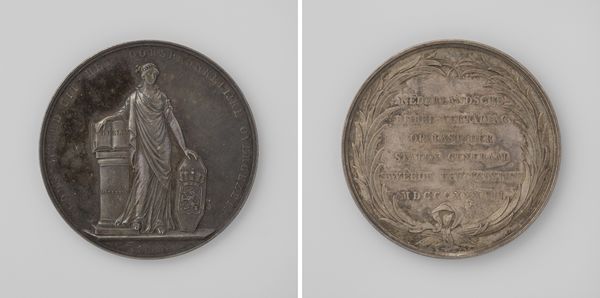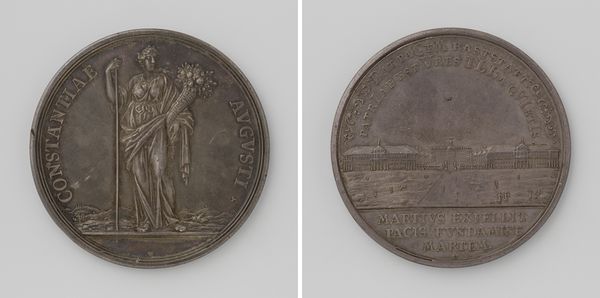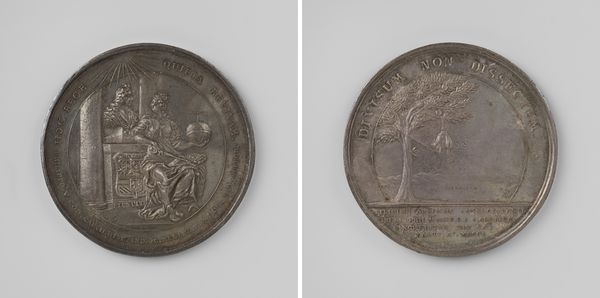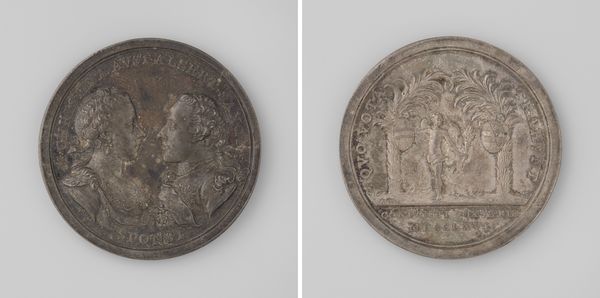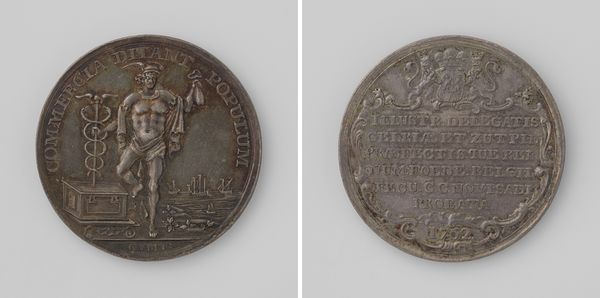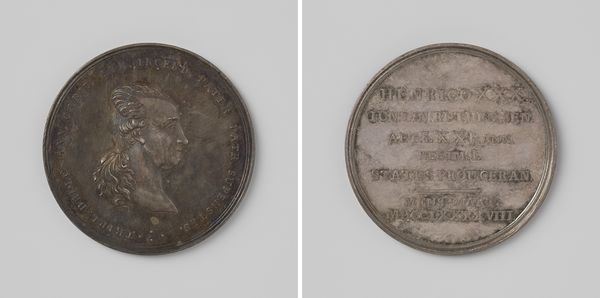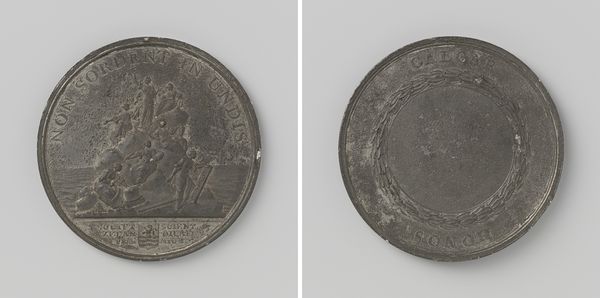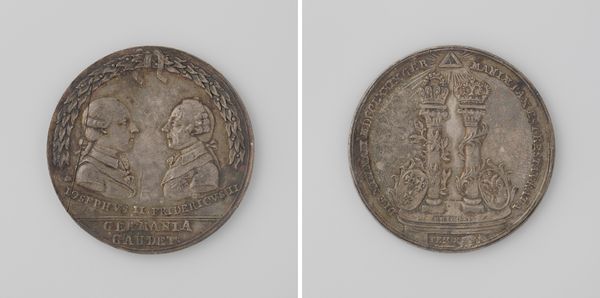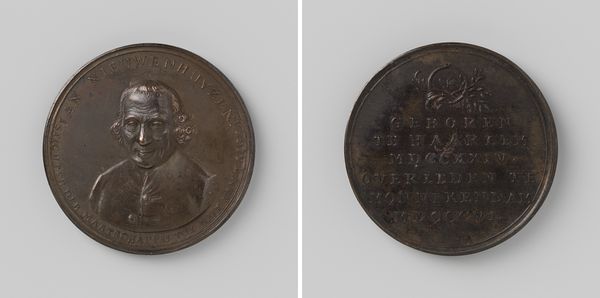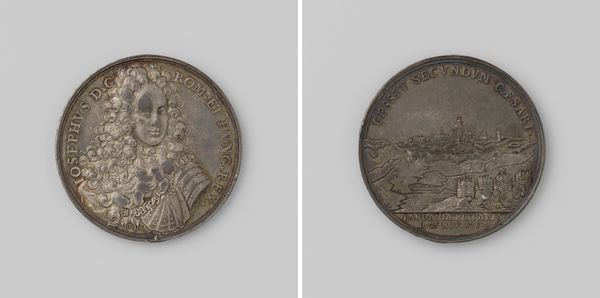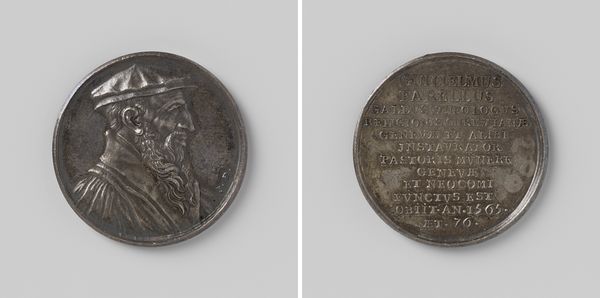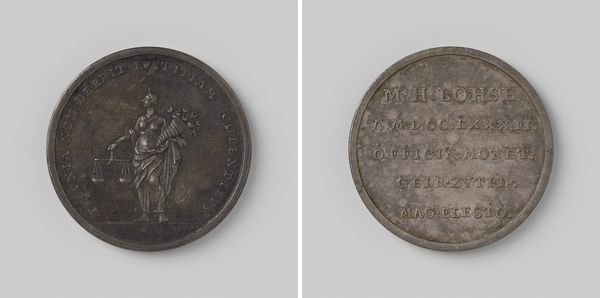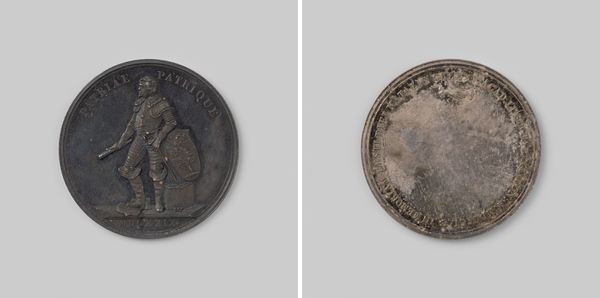
print, metal, relief
#
portrait
#
medal
#
neoclacissism
# print
#
metal
#
sculpture
#
relief
#
history-painting
Dimensions: diameter 4.6 cm, weight 26.30 gr
Copyright: Rijks Museum: Open Domain
Editor: This is a medal from 1793, depicting the “Execution of Louis XVI,” by Peter Baldenach. It's striking, isn't it? There are two scenes, each with so much going on, but presented so plainly. How should we interpret an object like this? Curator: Medals such as this offer a fascinating glimpse into the turbulent politics of the French Revolution. Consider the date, 1793, only months after the execution. Such objects were created to shape public memory and sentiment around this pivotal event. Note the juxtaposition of Louis’s profile on one side, evoking a sense of lost royalty, versus the allegorical scene on the other side showing... what exactly? Editor: There’s a figure weeping next to a globe, and what looks like a memorial or something… What could that signify? Curator: Exactly. It’s crucial to examine the symbolic language being used. The weeping figure suggests mourning for a world order turned upside down. The inscription probably speaks to the shock felt across Europe at the unprecedented act of regicide. Wouldn't you agree? How do you think this piece functioned in society? Editor: So, it's not necessarily about commemorating Louis himself, but rather about commenting on the global impact of the Revolution? I guess people used these as ways of declaring their loyalty, or their fears. Curator: Precisely. Its creation and circulation would have been deeply embedded in the political debates and social anxieties of the time. The medal operates not as neutral document but as a highly charged artifact. What do you think it tells us about how history is shaped, even manufactured, by visual culture? Editor: This really shows how even small, everyday objects can carry huge political weight, right? And how the “truth” of an event is always shaped by whoever is telling the story. Curator: Indeed. Examining this medal forces us to confront the complex relationship between art, politics, and the construction of history itself.
Comments
No comments
Be the first to comment and join the conversation on the ultimate creative platform.
